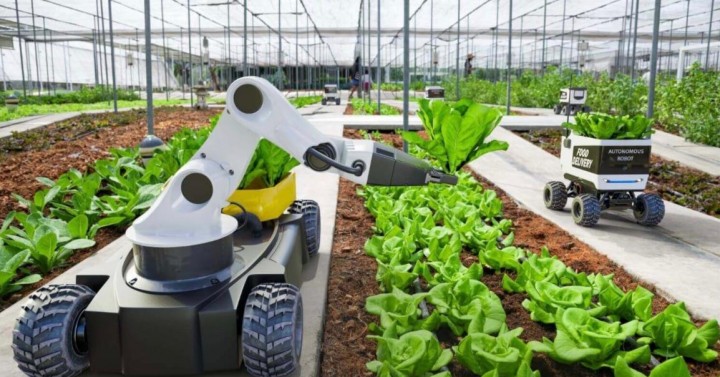As the world’s population continues to grow, there is a pressing need for sustainable agriculture practices that can help feed billions of people. In response, governments and researchers worldwide have been exploring ways to incorporate technology into farming to increase efficiency, productivity, and sustainability. Smart Agriculture (SAT) is a term that encompasses a wide range of technologies that can help farmers achieve these goals.
In a recent productivity talk organized by the Asian Productivity Organization (APO), Philippine Institute for Development Studies (PIDS) Research Fellow Roehlano Briones shared his insights on how small-scale farmers can adopt affordable technologies to become part of the SAT initiatives. According to Briones, many SAT technologies can be easily handled by small farmers, which can help them increase their productivity and income.

One example of a technology that small-scale farmers can easily adopt is a simple sensor that communicates with a mobile phone. Farmers can use this technology to monitor their crops’ health and receive real-time scientific advice on how to improve their yields. This can be particularly helpful in regions like the Philippines, where the International Rice Research Institute (IRRI) and the Department of Agriculture (DA) have innovated the Rice Crop Manager (RCM), a technology that provides real-time scientific advice to farmers.
Farmers can also collaborate with service providers that offer smarter best management systems that make use of drones and other automated scientific systems for pest control. By pooling their resources, farmers can share the cost of such technologies and make them more accessible.
But for SAT to succeed, governments must also invest in the basics of agricultural transformation, including conventional rural infrastructure and research and development (R&D). For example, better logistics can help farmers adopt e-commerce, while an active R&D system can generate new technologies that farmers can use.

Additionally, investments in human resources in the rural workforce, computer literacy, and openness to new techniques of farmers and fisherfolk are crucial to achieving smart agricultural transformation. Ultimately, empowering farmers to adopt these technologies and practices will be the key to achieving sustainable agriculture and food security.
In conclusion, smart agriculture is not just about investing in sophisticated technologies but also empowering small-scale farmers to adopt affordable and accessible technologies that can help them increase productivity and income. As governments and researchers continue to invest in SAT, it is important to keep in mind that small-scale farmers play a critical role in achieving sustainable agriculture and food security. By collaborating and adopting affordable technologies, farmers can become part of the smart agricultural transformation and help feed the world’s growing population.


